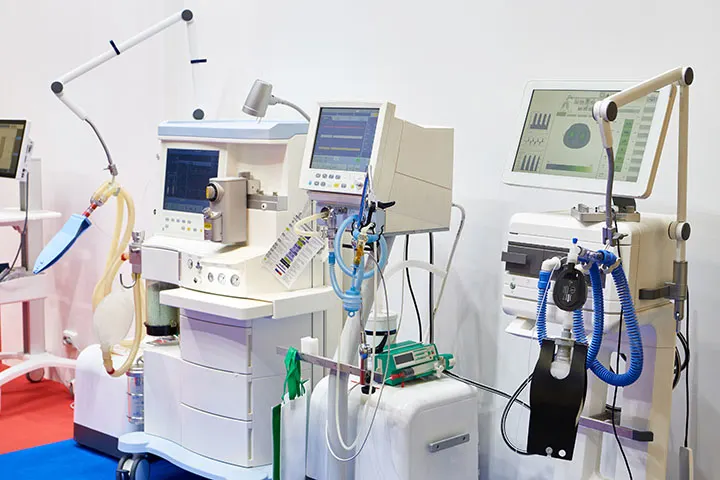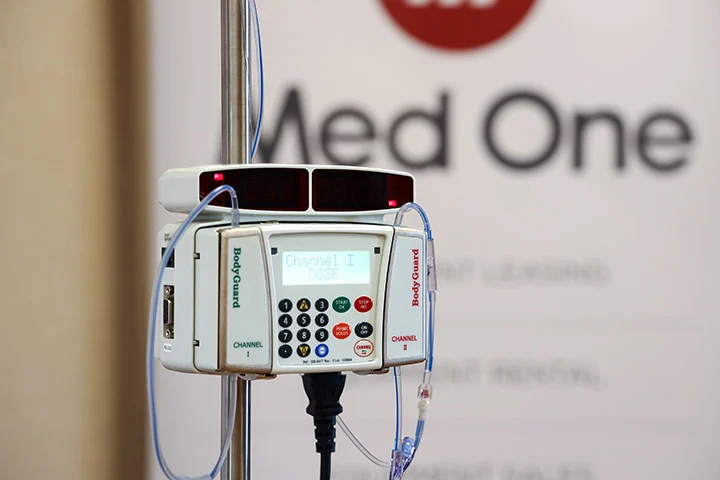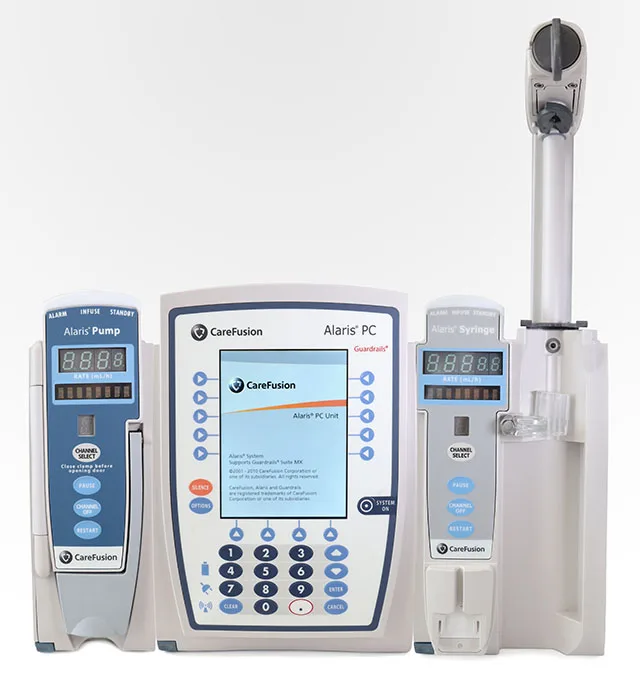How to Set Up a PCA Pump

By Dani Vaughan
PCA pumps are one of the many different types of infusion pumps on the market today. These pumps are commonly used in hospitals and clinics to help manage pain in their patients. Since pain medication is one of the most common drug types used in PCA pumps, ensuring the safety of the patient is extremely important.









